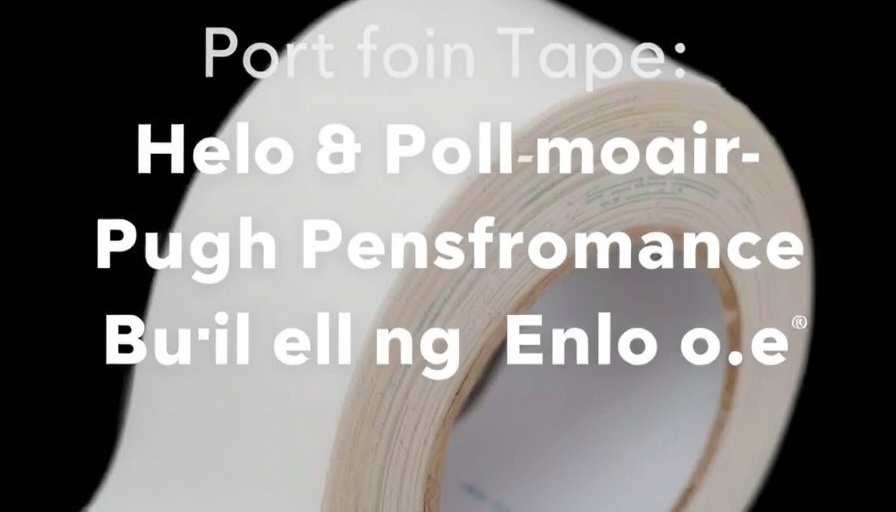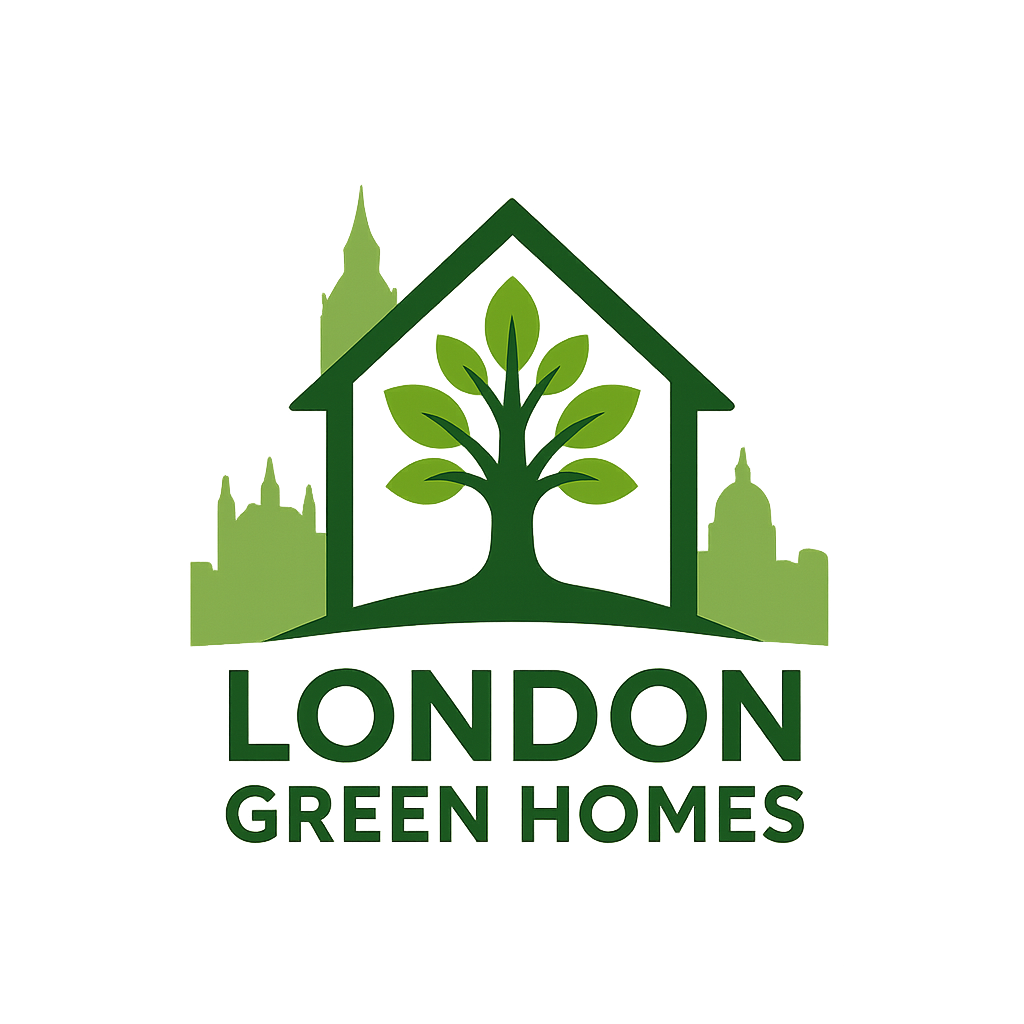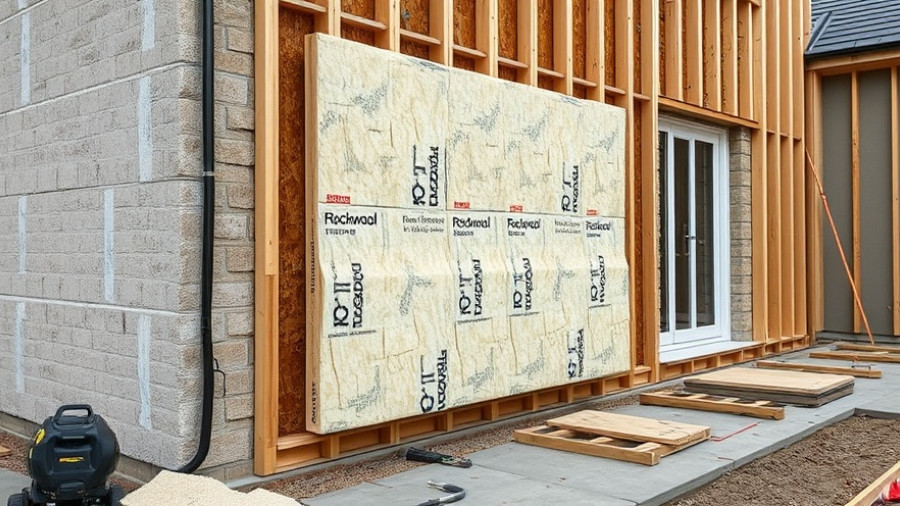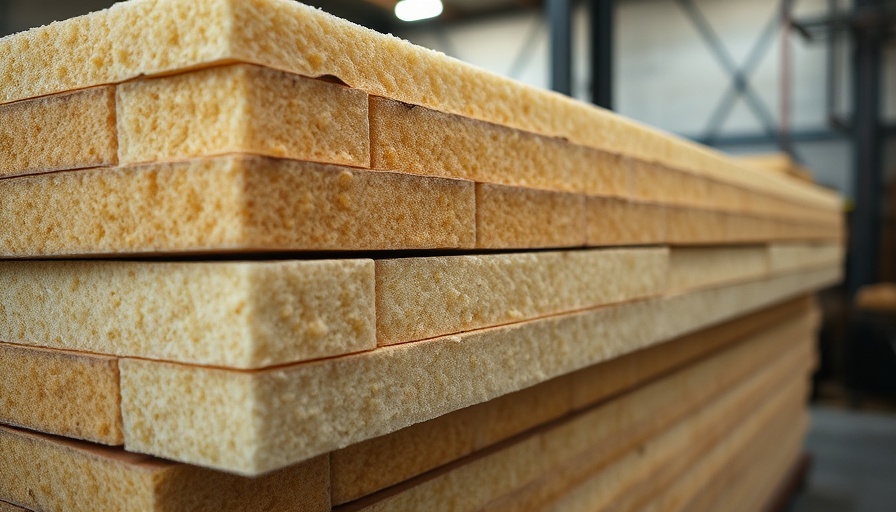
Understanding High Performance Building Tapes
When it comes to constructing high-performance homes, the right materials are paramount. High performance building tapes not only seal but play a critical role in enhancing energy efficiency by minimizing air and moisture infiltration. With a significant portion of heat loss in residences attributed to air leakage, selecting the appropriate building tape becomes essential to achieving optimal home performance.
The Importance of Quality in Building Tapes
Homeowners often focus on visible components like windows and insulation, forgetting that their effectiveness hinges on more discreet materials. A solid adhesive backing and durability against environmental stressors are crucial; this was underscored by a personal anecdote shared by an industry worker I encountered years ago. He found that most common tapes failed within a couple of months under the harsh conditions affecting the exterior of his truck, whereas a specialized building tape held strong for over a year. This reinforces the assertion that not all tapes are created equal.
Choosing the Right Tape: Factors to Consider
One must consider various factors when selecting building tape to ensure effectiveness and longevity. These include adhesion properties, temperature resistance, and moisture permeability. High-quality tapes like Delta Multiband and Siga are engineered for permanence, providing seals that are not just temporary fixes but are designed to last the lifetime of the structure. Furthermore, they should align with the characteristics of other materials in the building envelope to ensure synergy.
Common Misconceptions About Building Tapes
There’s a misconception that building tapes can be replaced with cheaper alternatives like duct tape. The reality is that while duct tape might suffice for short-term fixes, it does not offer the permanent, robust sealing required in high-performance builds. Understanding the specific purpose and environmental exposure of your chosen tape will help maintain the integrity of your building project.
Future Trends in Building Tape Technology
In the realm of construction, advancements in materials science continue to evolve. The future may likely see tapes equipped with smart technologies that can provide real-time data on air quality and leakage detection, creating an even more efficient building envelope. Homeowners in London should stay abreast of these trends to enhance the energy performance of their homes significantly.
Actionable Insights: Making the Right Choice
When selecting building tapes, homeowners should prioritize products that offer manufacturers' warranties and performance certifications. Consulting with professionals who are knowledgeable in sustainable building practices can provide insights vital to making informed decisions. Investing in quality products now can lead to substantial energy savings and increased home comfort.
Conclusion: Why Choosing the Right Building Tape Matters
In conclusion, while the aesthetics of your home are important, embracing quality materials such as high-performance building tapes is crucial for creating durable, efficient, and eco-friendly spaces. These decisions have a lasting impact not only on your immediate comfort but also on long-term energy savings and environmental sustainability.
For homeowners in London seeking to enhance energy efficiency, consider taking the time to investigate your options regarding high-performance building products. Prioritizing your home’s longevity and performance will not only result in a more comfortable living environment but also help contribute to a healthier planet.
 Add Row
Add Row  Add
Add 




Write A Comment